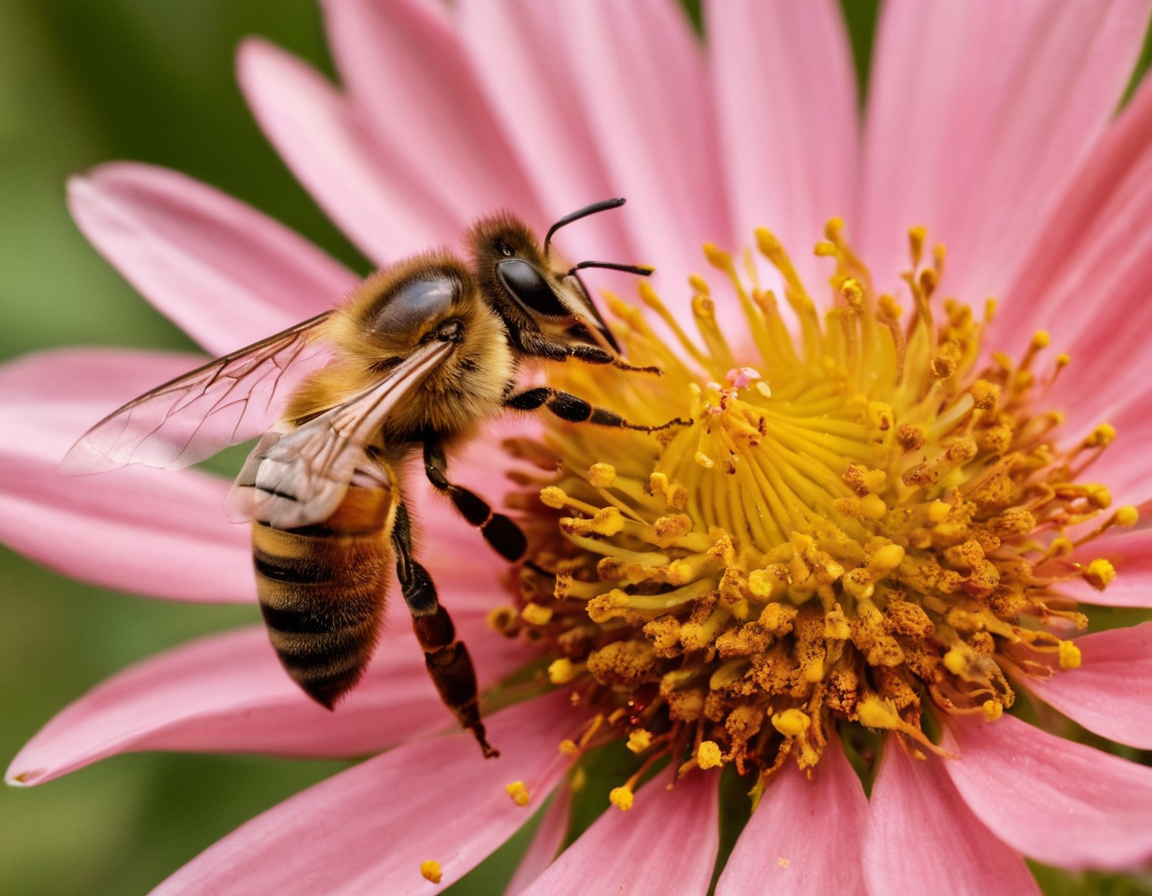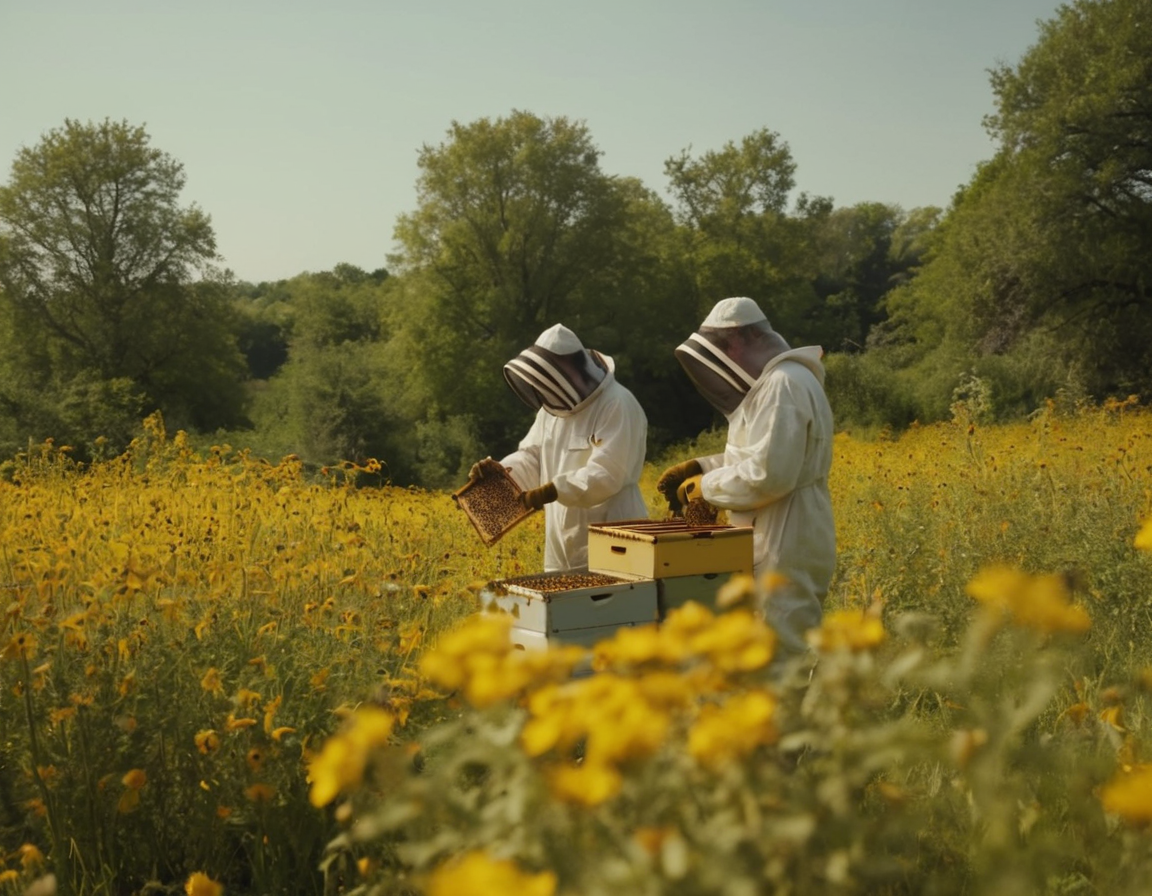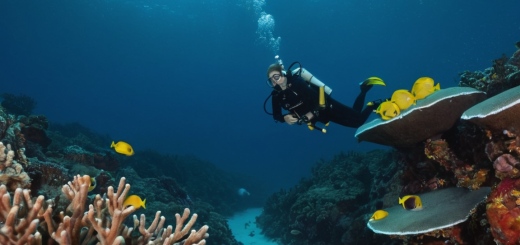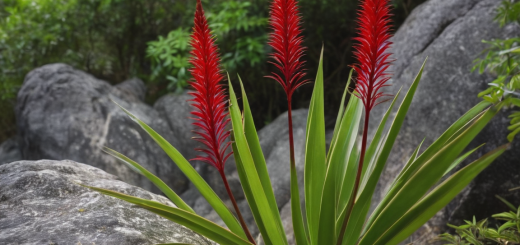Exploring the Resilient History of the Honeybee: A Journey Through Evolution and Impact
The Fascinating World of Honeybees: A Glimpse into Their Evolution and Ecological Importance
Honeybees are not merely producers of the sweet, golden liquid we often enjoy; they are crucial pollinators with a resilient history that stretches back millions of years. Their evolutionary journey and impact on ecosystems highlight their significance beyond agriculture. In this post, we venture into the world of honeybees, exploring their origins, evolution, and the critical role they play in our biodiversity. 
Introduction to Honeybees:
Honeybees, known scientifically as Apis mellifera, are one of the most well-known and industrious insects. As social creatures, they form complex communities known as colonies, which consist of a single queen, thousands of female workers, and during mating seasons, male drones.
Honeybee Evolution:
Their journey began an estimated 130 million years ago, with the first bee ancestors diverging from wasp-like predators during the Cretaceous period. This transition marked the beginning of bees adapting to a vegetarian lifestyle, in stark contrast to their predatory relatives.
Honeybees and Pollination:
As pollinators, honeybees are a linchpin in the survival of many plant species and, by extension, the animals that rely on those plants for food and shelter. Their role is so pivotal that many crops depend on honeybee pollination to bear fruit, with estimates revealing that a third of the food we consume owes its existence to these industrious insects. 
Threats to Honeybees:
Despite their resilience and adaptability, honeybees face numerous threats. Pesticides, habitat loss, climate change, and diseases have all contributed to declining bee populations. Colony Collapse Disorder (CCD), in particular, has been responsible for mysterious mass disappearances of adult bees in colonies, leading to significant agricultural and economic concerns.
Protecting Honeybees:
Efforts to protect these vital creatures include limiting pesticide use, encouraging the planting of bee-friendly flowers, and supporting local beekeepers. Research into diseases and parasites afflicting bees continues to be a crucial part of sustaining bee populations.
Conclusion:
The history and future of honeybees are inextricably linked with ours. Recognizing their importance and ensuring their survival is not just about preserving a species; it’s about safeguarding our own future on this planet. 
To learn more about the wondrous world of honeybees and how you can contribute to their conservation, look for resources at your local library, online, or through environmental organizations dedicated to biodiversity.
Let’s embrace our role as stewards of the environment and take actions, however small, to ensure that honeybees continue to thrive for millions of years to come.






